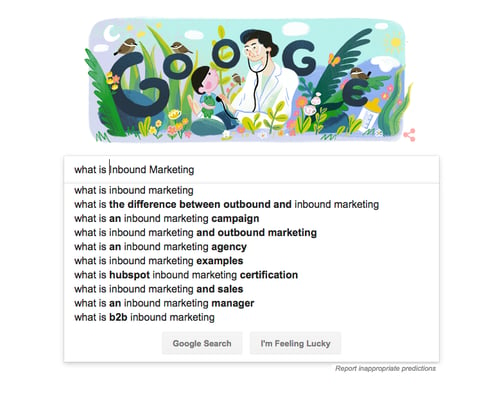
Blog

4 Tips to Help Manage Your Dynamic Ad Campaigns
 Dynamic search ads are a type of ad that focuses on the content of your website. Google uses what they call a “Googlebot” to crawl the website, identify the page that best matches the term being searched for, and then automatically populates a full ad (headline and copy) that links to the page on your website.
Dynamic search ads are a type of ad that focuses on the content of your website. Google uses what they call a “Googlebot” to crawl the website, identify the page that best matches the term being searched for, and then automatically populates a full ad (headline and copy) that links to the page on your website.
Some of the benefits that make dynamic ads popular are:
- They save you time by doing all the heavy lifting for you.
- They are formulated around the search terms and your landing page, so they are very relevant and specific.
- They are constantly updated, keeping your ads fresh.
- They have an expanded reach by targeting all content on your website as well as keywords and phrases being searched, which is more far reaching than targeted keywords alone.
- They usually have a higher CTR because of their far reach and specific targeting abilities.
As you can see, dynamic ads can be great IF you monitor them and make sure they are showing to the correct audience. IF you set up dynamic ads and leave them on autopilot for Google to run without any human hands-on attention, they could be showing to the wrong audience costing you valuable time and money.
Here are some tips to make sure you keep your dynamic ads running correctly:
- Exclude Blog Pages
Unless there are specific blogs that you want to be advertising, we recommend that you exclude all blog pages. When Googlebots crawl your site, they pick up detailed information – information that may not be relevant to what you’re running ads for. Example: If you have a blog about an event, or a case study on a client, it may grab the event information and run an ad for the event, or pick up the client's information from the case study and run an ad for their business. As a precaution, it’s good to exclude blogs and any other page or content that is irrelevant to what you’re promoting. - Test Your Ad Copy
Not EVERYTHING on a dynamic search ad is dynamically generated – when you create the ad you can create two descriptions per ad. We recommend that you always test that ad copy by creating more than one dynamic ad in your ad groups, each with different descriptions. Then you can gauge the performance between the two, and eventually pause the one that isn’t performing as well. At that time you can update the descriptions to something else and begin another test. This will help you keep your ad performance optimized. - Segment Your Targeting (where you can)
The more you can implement segmentation into your dynamic search campaign, the more control you’ll have over when your ads show, and what they show. And the more control you have, the better. This keeps your ads optimized, showing to the best audience and getting the most ROI they can. - View Search Terms Report (often)
One advantage of using Dynamic Search ads is that they can pull up for much more general keywords/search terms than the typical ad, and you can use this info to do a little keyword research. When you begin a new Dynamic Search Campaign you should view the search term report one to two times per week. You can set filters within the search term report to find which terms are worth adding to your campaign - for example: set a filter for keywords that have had 30+ impressions in the last 30 days; you can then use those keywords to add to your campaign.
Dynamic search campaigns get great results, and if you give them a little TLC they can quickly become one of your top performing campaigns.
If you need some help running more effective PPC campaigns, get in touch with us.
Subscribe to email updates
Recent posts

Related Articles

Topics

Topics

Topics






